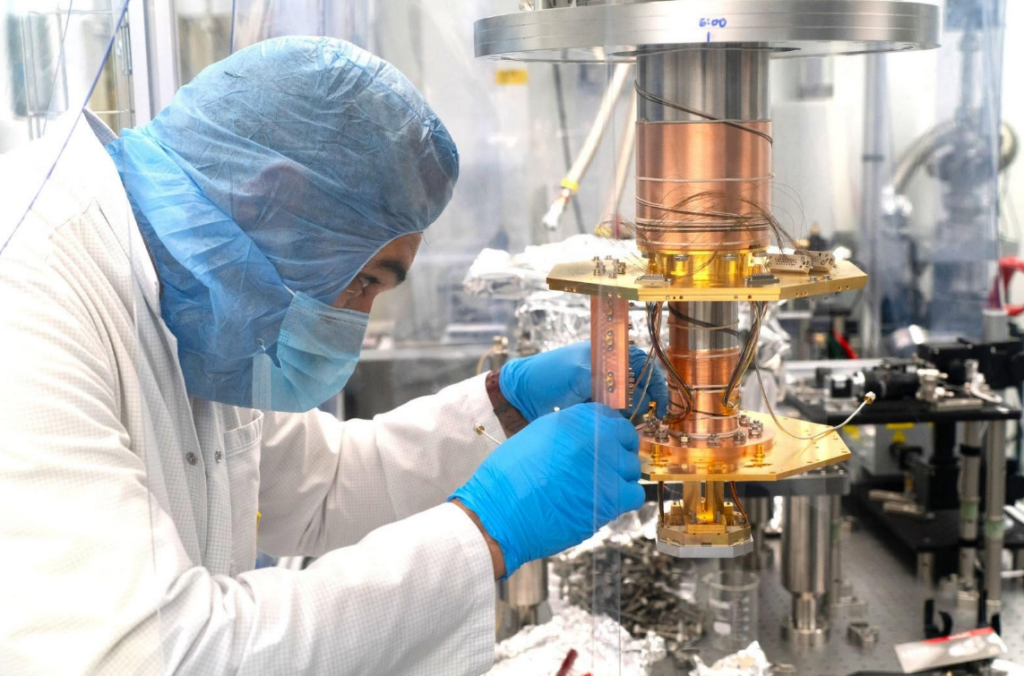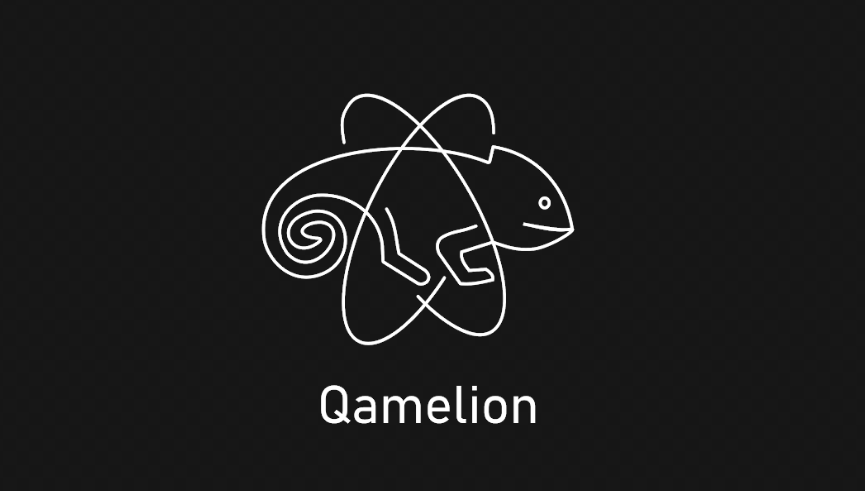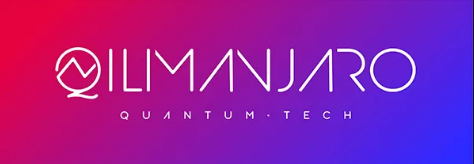Insider Brief
- A new quantum algorithm developed by researchers in Japan and the UK allows quantum computers to both detect and protect quantum entanglement, a key resource in quantum technologies.
- The method, called variational entanglement witness (VEW), improves accuracy over traditional techniques by distinguishing entangled from non-entangled states without damaging the fragile entanglement.
- The approach uses nonlocal measurements that preserve the quantum state, offering potential benefits for quantum computing, communication, and cryptography.
- Image: A visualization of the variational entanglement witness (VEW) scheme. Left: Many quantum states wait to be evaluated. Each state is analyzed one by one using the VEW method. Right: Based on the results, they are classified into either the Entangled subspace (red ellipse) or the Separable subspace (blue ellipse). (Le Bin Ho et al.)
PRESS RELEASE — Similar to humans going on journeys of self-discovery, quantum computers are also capable of deepening their understanding of their own foundations.
Researchers from Tohoku University and St. Paul’s School, London, have developed a new algorithm that allows quantum computers to analyze and protect quantum entanglement — a fundamental underpinning of quantum computing. These findings contribute to advancing our understanding of quantum entanglement and quantum technologies.
The study was published in Physical Review Letters on March 4, 2025.

Characterized by Einstein as “spooky action at a distance,” quantum entanglement is a unique phenomenon in which particles remain interconnected regardless of the distance between them. This feature is one reason why quantum computers are so powerful.
“Quantum computers are built upon entanglement and now they themselves can also be used to study and understand entanglement,” said Le Bin Ho, an assistant professor at the Frontier Research Institute for Interdisciplinary Sciences and Graduate School of Engineering at Tohoku University, and lead author of this study.
The team introduced a method called variational entanglement witness (VEW), using a quantum algorithm that optimizes entanglement detection. Unlike traditional methods, which often fail to identify all entangled states, the VEW enhances detection accuracy while better differentiating between separable (not entangled) and entangled states.
Detecting entanglement, however, is only part of the challenge. Though even a distance of light years between two entangled particles cannot truly set them apart, quantum entanglement is fragile in its own way.
“In many cases, traditional detection methods relying on local measurements can actually destroy quantum entanglement,” Le said.
To overcome this, the study proposes a nonlocal measurement framework, allowing researchers to assess entanglement properties without collapsing the quantum wave function.
“Our method provides a reliable way to detect and protect entanglement, which is essential for applications such as quantum computing, communication, and cryptography,” Le said. “While adaptive machine learning-based methods for entanglement detection are gaining popularity, this is the first quantum algorithm that both detects and preserves entanglement.”
The team plans to further refine the algorithm, aiming to improve the efficiency and precision of entanglement detection — key steps in advancing robust quantum technologies.


















